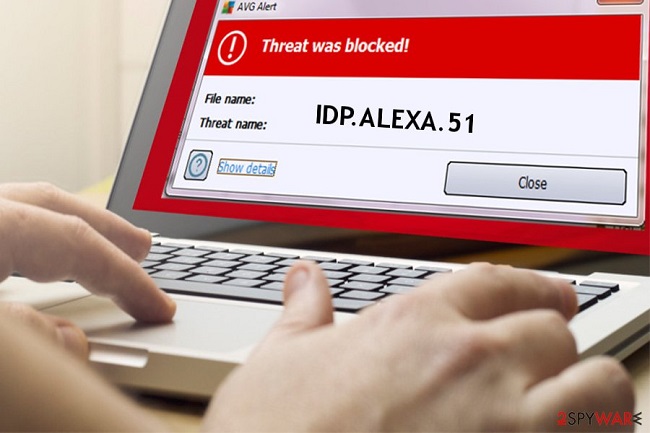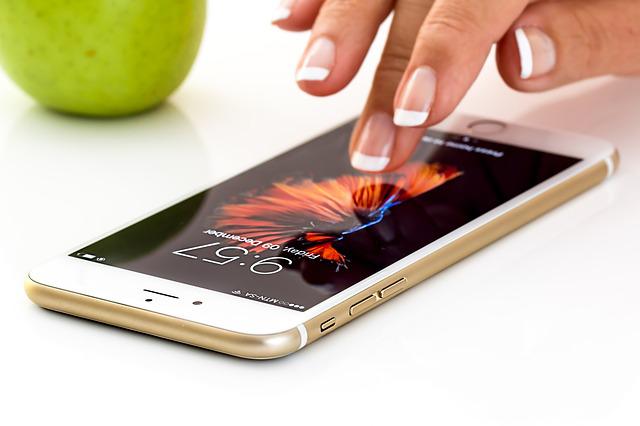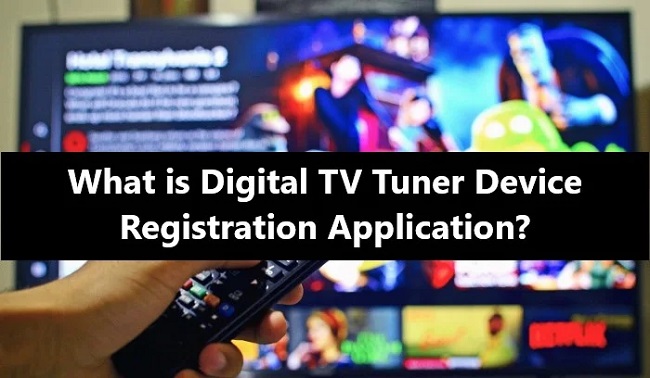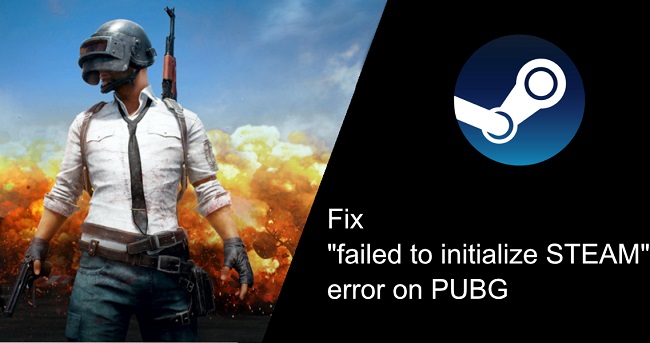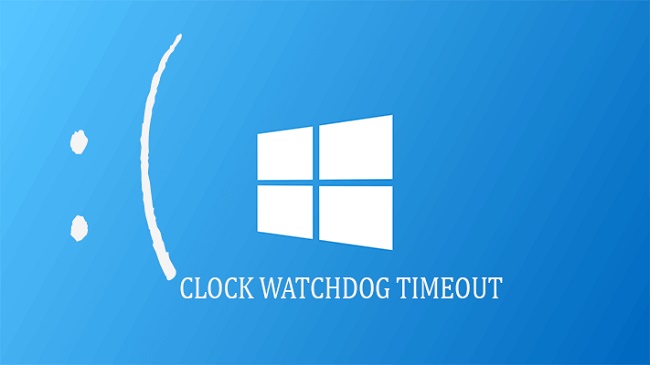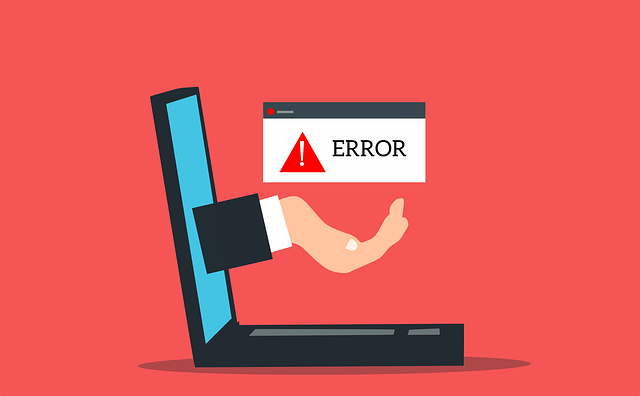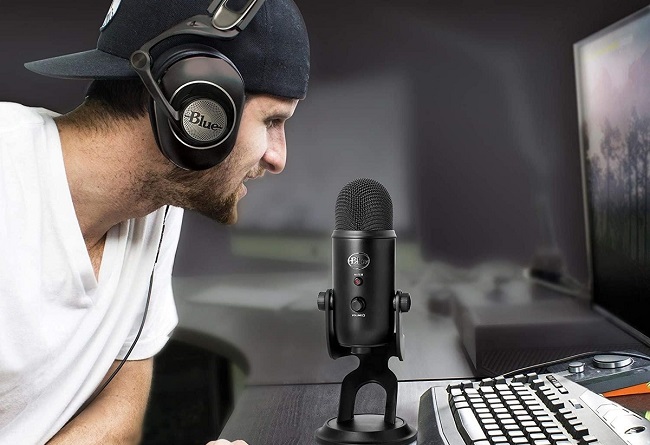Getting a BSOD again and over again is really upsetting and aggravating. Your computer keeps crashing due to an error, and a BSOD error message appears on your screen along with all the details of the problem discovered at startup that is causing the system to crash.
Windows 10’s, ‘UNEXPECTED STORE EXCEPTION’ problem, is the most common cause of a BSOD.
Many customers have seen this issue after upgrading to Windows 10, despite the fact that the new operating system provides a number of useful features. Hardware issues, such as damaged discs, graphics cards, or corrupted system memory, are the most common causes of this message.
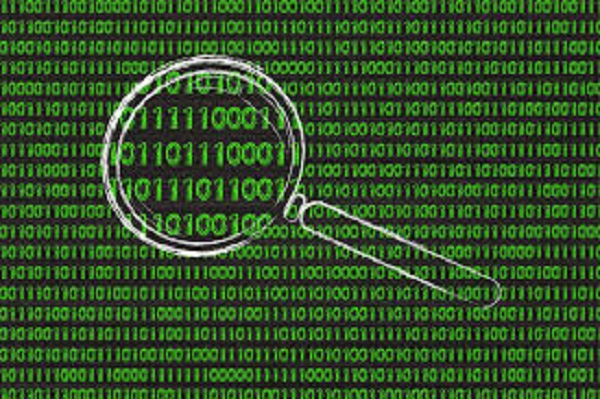
Sometimes the cause is software or drive incompatibility. Antivirus software has also been a major factor in numerous cases. This issue can be confirmed by following a few simple actions, such as the following.
There is a “raw stack” in the bug details that contains evidence of errors that may be caused by the drivers. We have solutions for both software and hardware issues, no matter what the cause may be. Look for it in the article and find it in the paragraphs that follow.
Read Also:
In Windows 10, How Can I Fix the Unexpected Store Exception Error?
Look around.
Option 1: Remove Anti-Virus Software
Uninstalling antivirus software is the best course of action if that’s what’s causing the problem, as it often is.
When it comes to antiviruses, you don’t have to be concerned about leaving your device vulnerable. “MICROSOFT DEFENDER” is the default virus prevention programme in Windows 10, and it’s a robust one.
Steps to follow if you’ve decided to remove the app are as follows:
Step 1: To begin, press and hold the Windows key while simultaneously pressing X.
Step 2: a pop-up menu would have appeared. In the list, select Control Panel from the drop-down menu. Choosing “programmes” is the next step in the process.
Step 3: Next, under Programs, you’ll find a list of installed programmes on your computer. If there are any antivirus programmes installed, simply do a right-click and pick “Uninstall.”
Step 4: To complete the installation, answer “yes” to the confirmation question and then follow the onscreen instructions. Restart your computer at this point.
Most of the time, removing the antivirus software fixed the problem. If it doesn’t work here, try the next one.
Option 2: Verify Hard Drive
When the health of your hard disc isn’t good, it can become the root of your problem. An ‘Unexpected storage exception’ could be the result of a failing hard disc or a faulty sector on a hard drive.
We need to verify the health of the disc in order to do so. Installing health diagnostic equipment like Crystal devices and checking the health status is all that is needed to accomplish this goal.
A good or bad review will be displayed once the software is activated. It’s better to replace the hard drive if it reveals a bad one.
Option 3: Problems With The Drivers
This problem has been traced back to a set of incompatible drivers. System conflict situations are common if any of your PC’s software or drivers are out-of-date. Windows Updates can be used to find out if any new software has been added to the system.
In order to fix a driver problem, follow these instructions:
Step 1: We’ll begin by disabling the computer’s automatic installation. In the start menu, type “gpedit.msc” to find it. Then, on the left hand side, you will see “computer configuration.”
Step 2: Open administrative templates in computer configuration, then ‘System,’ and then ‘Device installation.’ It’s just a matter of clicking on it.
Step 4: Double-click “Prevent installation of devices not described by other policy settings” on the right side of the screen. Click Enabled and then OK to finish. In order to access the device manager, you must restart your computer and then open it.
Step 5: Uninstall “Conexant Smart Audio” or “IDT High Definition Audio” by right-clicking on it in the ‘Sound video and game controllers’ menu. “Delete the driver software for the device” must be selected. There is a check in the box. You’ll now need to press Windows +X and click “Programs and Features”.
Step 6: Finally, uninstall any and all Conexant/IDT and Dolby software.
Afterwards, restart your PC.
Option 4: Turning Off The “Fast Startup” Feature
Windows 10’s rapid startup features are also sometimes to blame for the problem. This occurs as follows:
Earlier versions of the software worked in a hybrid sleep state when the user performed a rapid startup. When Windows shuts down, it logs out all users and terminates all processes, just like it does on a cold reboot.
Right now, Windows is being soft-rebooted, which is a good thing. When you restart your computer, Windows simply refreshes the drivers instead of turning on or reloading, because Windows has shut down all drivers.
This way, which only refreshes, is faster, but it can potentially cause this issue if the appropriate driver isn’t loaded each time. As a result, we must disable quick startup in order to fix the issue:
Step 1: Press ‘R’ while holding down the windows key. The Run application would have been launched.
Step 2: To access the control panel, type “Control panel” and press Enter. Then, touch on the Power option in the next step. After selecting “choose what the power buttons do” in step 4, you’re done!
Step 3: Next, select “modify settings that are presently unavailable” from the menu. Once you’ve made your way to the bottom, uncheck the “Turn on rapid startup” option. Restart the computer.
Option 5: Your Display Drivers Need to Be Updated!
This problem can also be caused by out-of-date drivers, as stated in SOLUTION 2. The current driver will be uninstalled, and the default display driver will be installed when the computer restarts.
Here are the steps:
Step 1: Go to the device manager and expand “Display adapter” in the list of available devices. Secondly, right click on the display hardware and select uninstall devices from the context menu that appears. After that, click OK in the confirmation dialogue box.
Step 2: Restart your computer and run “windows update” by pressing the WINDOWS+S keyboard shortcut.
When this is done automatically by Windows, the updates will be downloaded and installed. Check to see whether the problem has been fixed after the update is complete. You may also try reinstalling the older drives if updating doesn’t fix the problem. Here’s how to do it: –
Step 1: Go to device management and update drivers by right-clicking on the driver and choosing that option. Select “Browse my computer for driver software” in the next step.
Step 2: The next step is to select the driver you need, and it will be installed automatically. The final step is to restart your computer and see whether the issue persists.
Option 6: Running The System File Checker
A built-in component of Windows, the system file checker, is used to scan and correct issues caused by corrupt files or system errors. Sfc scan is capable of quickly identifying and, if necessary, repairing any issues with problematic software.
Here are the instructions for doing an SFC scan:-
Step 1: To begin, press and hold the Windows key while pressing and holding the ‘R’ key. Run the application by typing “taskmgr” in the dialogue box. Next, select “Run no task” from the file menu.
Step 2: Enter “powershell” and select the option to “Create this task with administrative privileges” in the third step. Enter “sfc/scannow” and press “Enter” now.
It will take some time to complete this task. DISM/Online/Cleanup-Image/RestoreHealth ” in Powershell should be typed in if the results indicate that there are errors that can’t be fixed.
This will cause corrupt files to be downloaded and replaced. Finally, restart your computer once the error has been resolved. In addition, depending on the speed of your internet connection, this procedure could take some time. Don’t get rid of it at any point.
Option 7: Turn Off Your Phone’s Sleep Mode
If the last method didn’t work, try this one, which has been proven effective. This is problematic for the same reasons that a rapid startup is problematic.
Take the following steps to switch off sleep mode:
Step 1: Start by selecting ‘power choices’ by right clicking on the battery symbol in the lower right corner of your desktop. Tap Windows+S and type “pick a power plant” to bring up the relevant search results on a PC without this option.
Step 2: econdly, click on “Change plan setting” in front of your active power plan. Under “put the computer to sleep,” you’ll want to pick “never.” Finally, save your changes and exit the programme.
Step 3: Restart and reboot your computer to complete the process.
Option 8: Reconnecting Your Hard Drive
As previously stated, the hard disc is frequently cited as the root cause of problems. Check to see if reconnecting your hard drive fixes the issue.
If you have a tower, connect using:
Separate the black and white wires from the motherboard by turning off your computer, unplugging the power cord, and removing the lid. Reconnect the cable after a few minutes. Check again after a fresh restart of your machine.
Read Also:
Conclusion
There’s a good chance that every one of the solutions we’ve offered has worked for someone else. The hard disc should be thoroughly inspected by professionals if it isn’t working properly.



